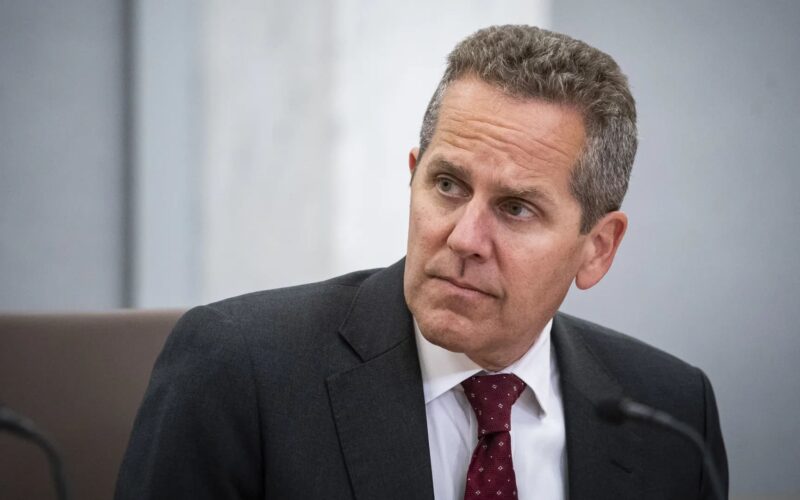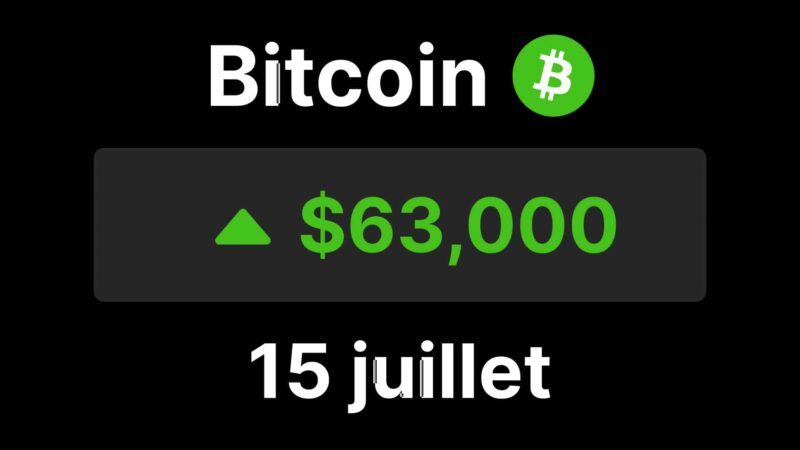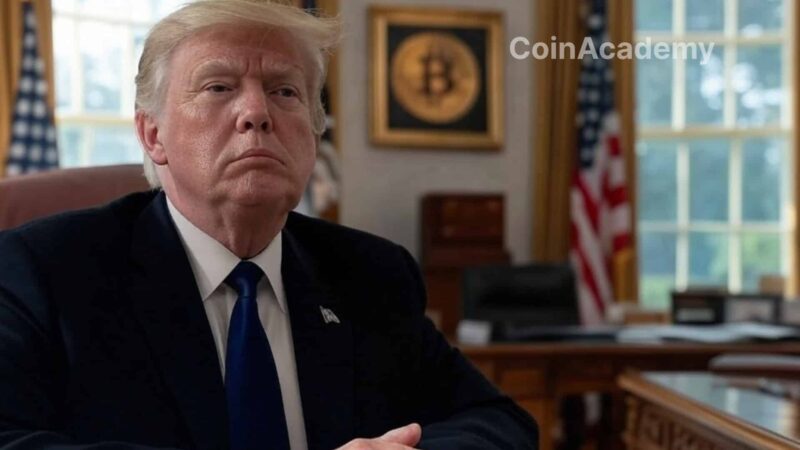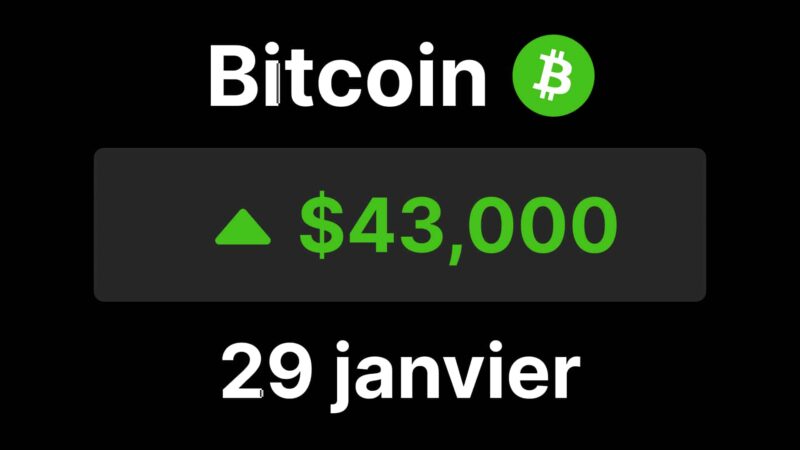The Federal Reserve (FED) may accelerate its lobbying for stablecoin regulation. According to Michael Barr, Vice President of the FED, the absence of regulation could quickly pose a risk to the US economic stability.
Regulation of Stablecoins: The FED’s Concern
In early August, the FED announced the implementation of several safeguards to enhance monitoring of banks involved directly or indirectly in stablecoin-related activities.
Furthermore, for several months now, the US central bank has been striving to understand central bank digital currencies (CBDCs). In fact, the FED published a report last year on the advantages and disadvantages of a CBDC.
Moreover, with recent events in the Middle East, the US Congress has expressed concerns regarding the issuing company of USDT, Tether.
Therefore, all the elements are aligning for the wariness of American institutions towards the growing influence of stablecoins to be heightened.
The FED Calls for Stablecoin Regulation
Michael Barr explains that when an asset is tied to a currency issued by a government and used as a means of payment and store of value, it borrows the central bank’s trust.
According to him, this simple argument should enable the Federal Reserve to ensure that stablecoin offerings operate under appropriate federal prudential oversight so as not to threaten financial stability or the integrity of the payment system.
This regulatory intention is obviously accompanied by a desire to accelerate the issuance of a CBDC. However, Michael Barr assures that the FED will only move forward with clear executive support and authorization legislation from the US Congress.
He also emphasizes that current research on CBDCs primarily focuses on the architecture for developing such an initiative. The FED aims to understand how assets are maintained, secured, and verified on the blockchain. Furthermore, it also seeks to delve into various existing models of tokenization and custody.
In any case, the activity of the Federal Reserve is inevitably intertwined with the existence of blockchain and cryptocurrencies. For better or for worse? The question still remains unanswered.




